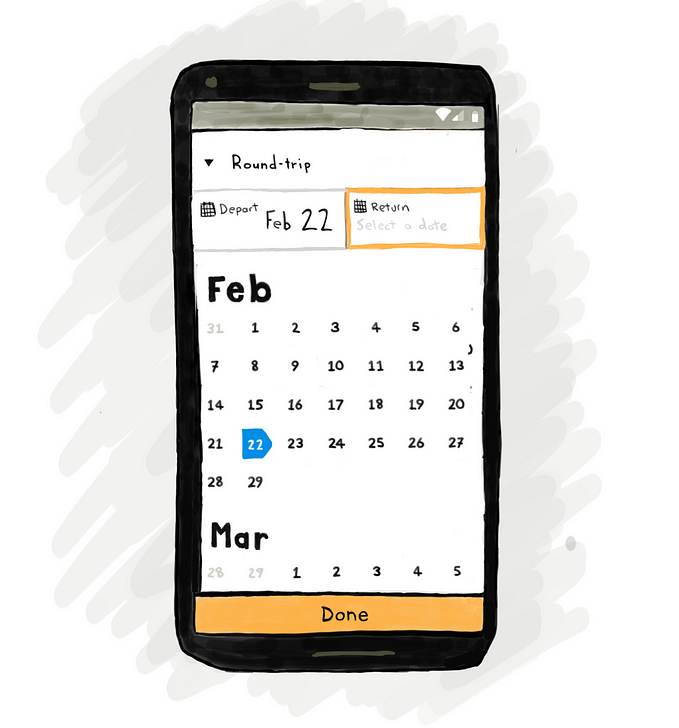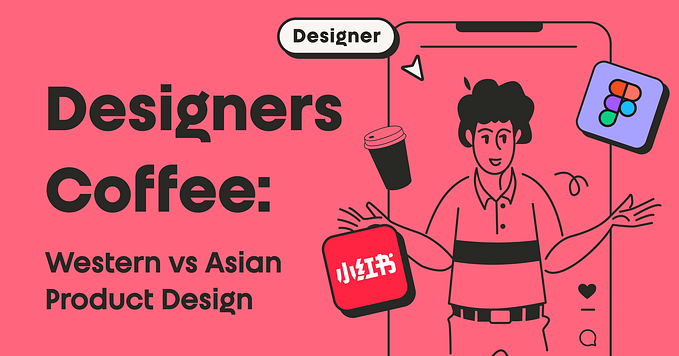USER EXPERIENCE DESIGN
Stop talking about empathy
It’s more important to understand your users than it is to have empathy for them.

I’ve recently come to dislike the word empathy when it’s used in design and research. This might sound like quite an odd thing to say, given how I make my living. In my opinion it has become a bit of a throwaway phrase, a distraction if you like.
In this post I’ll try to explain what the problem is and what I think we should be talking about instead.
Giving a shit, is not a step in a process
My first issue with empathy is how it has found itself as Step 1 in design process diagrams. Does this mean we get to stop caring at Step 2?
You either do or don’t care about the people who use your product. It’s not something you need to call out by name. Instead it should be evident in the decisions you take and the sides you take in internal debate about priorities.
What these diagrams are trying to say is — start by doing some user research.
Pride in your work
Nobody actively wants to make software that sucks. We don’t get to decide if it sucks or not. Instead it’s users who decide that. Putting them at the centre of design doesn’t need to come from a benevolent quality you have personally. Instead it can simply about a desire to do work you can be proud of.
Right and wrong
You don’t need to have a great deal of empathy for people to recognise that some design decisions are not in the user’s best interest. Misleading users is wrong for example. I don’t need to go hug someone before I care enough not to mislead them. That’s what my morals are for.
A distraction for those with nothing to say
As a result of being increasingly valued in business, there’s a lot more abstract discussion about design these days. Rather than talking about designs, the talk is about principles and concepts without any practical examples. Talking about empathy and loving users has become a useful distraction for those who want to be heard, but in truth have little to say.
It’s so easy for the design chin-stroker to pull out the ‘empathy card’ and act like a design sage. What I see, is people trying to be seen to have advanced knowledge, when in fact they don’t.
Prioritise understanding instead
I recommend we devote more effort to talking about understanding our users instead of necessarily empathising with them. It is a lot more practical and is more likely to lead to insights which can improve outcomes for users. Here are a few things you can make the effort to understand. There are loads more.
Workflow
When your target users approach a task, what does their workflow look like? Break it into steps, break those steps into smaller steps. Try to understand why this approach is the one they take. When you understand the natural workflow of your users, you can design things that work in a manner that is intuitive and natural. Also you can also quickly spot ideas which aren’t going to work. This gives you a better chance of getting to a good solution more quickly.
Vocabulary
What words do your users say to describe things within your domain? They sometimes aren’t very accurate or are a lot more simplistic than the words you use. You need to know what names they to give things, so you can use their vocabulary.
Mental models
How do your target users mentally group concepts within your domain? What order do they put them in? What relationships do those things have to one another in their mind? These mental models aren’t to be messed with. If your designs don’t respect these associations, then they are unlikely to provide a positive experience.
Knowledge
What levels of knowledge exist within your target user group? It’s unlikely they are collectively similar and it’s even more unlikely they are the same as yours. Your target users often think things which aren’t true, over-simplify complex things and make up rationale for things they don’t understand. If you don’t have an idea of the level of knowledge which exists among your users then it’s hard to design for them well.
Value
What is of most value to your target users? What’s the rough hierarchy of the various things they value? For example, some of your users might be time-poor and cash-rich. These people are more likely to value their time over their money. When you design for these people, you know you need to prioritise the act of saving time over the act of saving money.
As well as this, it’s useful to know what your current users value most about your product over alternative solutions? This is too often assumed, even in organisations which do a lot of research. It’s possible to accidentally kill your product’s value because you don’t really understand what it is.
Pain
In which aspect of your domain are your target users feeling most pain? What actions have they taken to resolve this pain? Is it real or is it just an approach you think you can improve? When you understand it then you are a step closer to resolving it.
You don’t need to hold a vigil for them, you just need to try to understand.
Drop that empathy map
When you try to dissect and understand the way your target users think and behave within your domain, you stand a better chance of making things they value and can use intuitively.
This applies as much to generative research as it does formative.
Try to understand your target users. They don’t need a hug (OK, some do),
Read some other stuff I wrote
If you liked this post then read some more…
Design
- The UX of stamping loyalty cards
- The power of the big green tick
- Design guidelines for mobile date-pickers
- Getting real about delightful design
User research
- Cognitive interviews for user research
- Moderating user research with Zoom
- Communicating UX issues with comics
- Understanding sampling bias
- Usability test tasks to avoid
Product management
- How big is your carrot?
- Innovation and user flowthey just need tech to work better.










